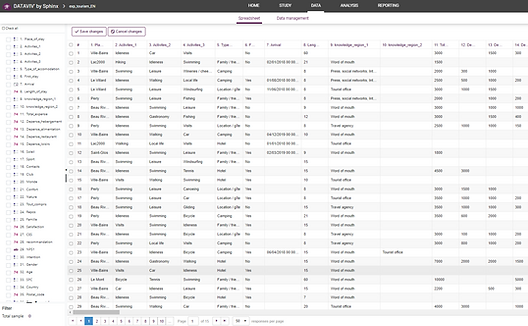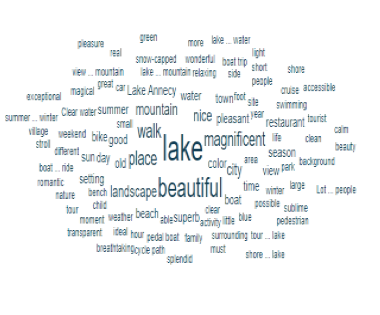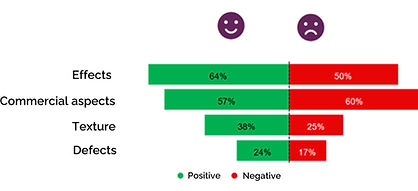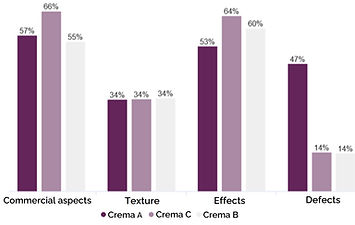
TEXT ANALYSIS
Getting the most out of textual data with DATAVIV'
Although there has recently been a surge of interest in textual data, the sheer volume of textual data available can make it hard to extract usable findings from them, either because the task is too time-consuming or because the datasets are too complex. This is why Sphinx provides different methods depending on the corpus and objectives of the study, and the tools for applying them.
Whether you're conducting an ad hoc study with several hundred responses or developing a satisfaction barometer with hundreds of thousands of responses requiring real-time monitoring of the topics mentioned, Sphinx offers the technical support you need.

Importing textual data
What we mean by textual data
-
Comments and/or responses to your open-ended survey questions
-
Web reviews
-
Semi-structured interviews
You can either import them manually from a Word, XLSX, CSV, SPSS, or TripleS file, or other document.
Or connect your textual data source directly to Sphinx to benefit from real-time analysis:
-
Using a survey conducted with Sphinx (learn more)
-
Connecting another data source through an API



Corpus analysis
Interactive analysis with data visualization
Analyze your corpus with interactive graphs, tables, and data visualization:
-
Filterable and interactive word clouds
-
Context-specific word clouds (tone, respondent profile, etc.)
-
Filterable and contextualized verbatim lists
-
List of most uttered words by grammatical category



Thematic corpus analysis
2 different but complementary methods
Manual text coding
Using an optimized interface, you can set up coding with categories and detailed topics, save and highlight the most illustrative excerpts, and therefore build an overall picture of the topic in question.
Dictionary text coding
This function allows you to program associations of words and phrases by topic and category. Thus, every time a word or phrase is mentioned in a comment, it will be associated to the corresponding topic.
The great advantage of this method is that it allows for real-time analysis of a vast quantity of text without the need to read it all word by word.



Sentiment analysis
Capturing the tone of comments
There are various ways of determining the tone (positive/neutral/negative) of a response or an opinion:
-
Automatically in real time thanks to the latest machine learning technologies.
-
Manually, using the manual coding method.


Quantitative/qualitative approach
Combining textual data with other data
Whichever method we use, by the end of the process each comment or response will have been assigned:
-
one or more topics
-
a tone (positive/negative/neutral)
These two pieces of information (topic and tone) can then be cross-referenced with all the other questions in the survey or imported file (date, sex, age, country, product, preferred brand, department, etc.). This allows us to draw various conclusions and perform a much more exhaustive analysis of the comments:
-
Who is talking about what? (topics vs. sex vs. age vs. etc.)
-
How do these topics change over the year? (topics vs. date)
-
How are the branches talked about? (tone vs. topics vs. branches)
-
etc.





